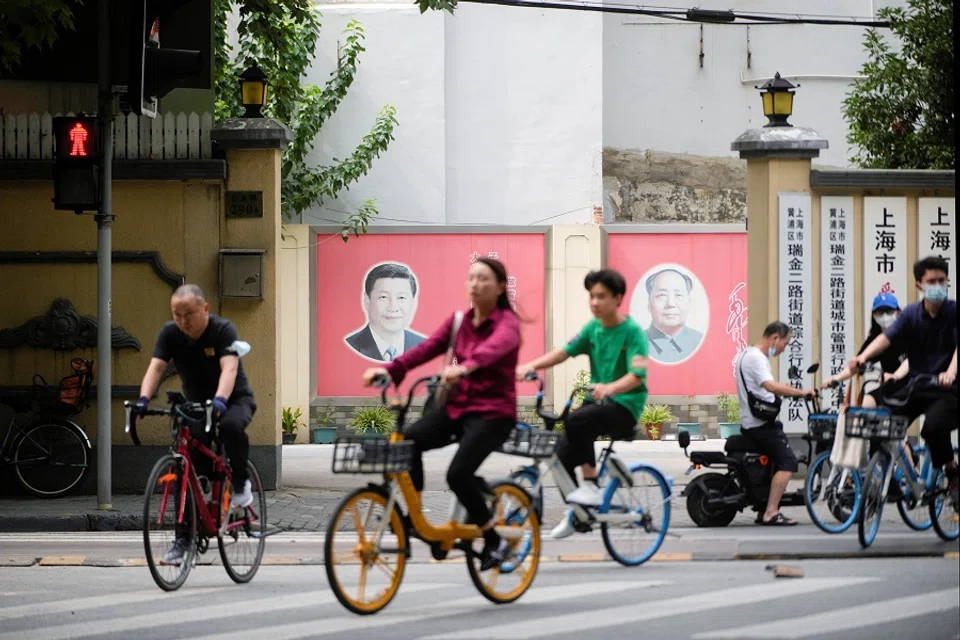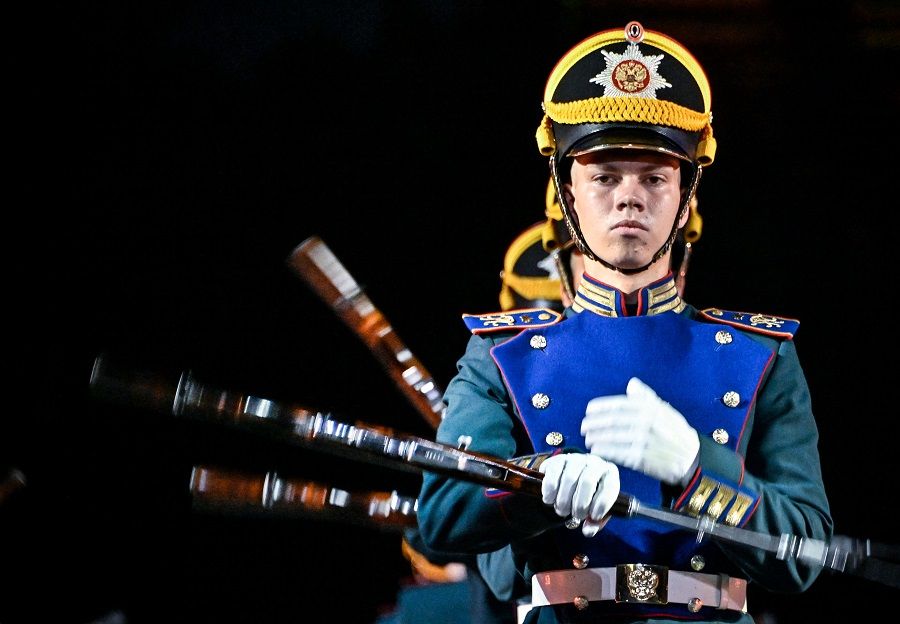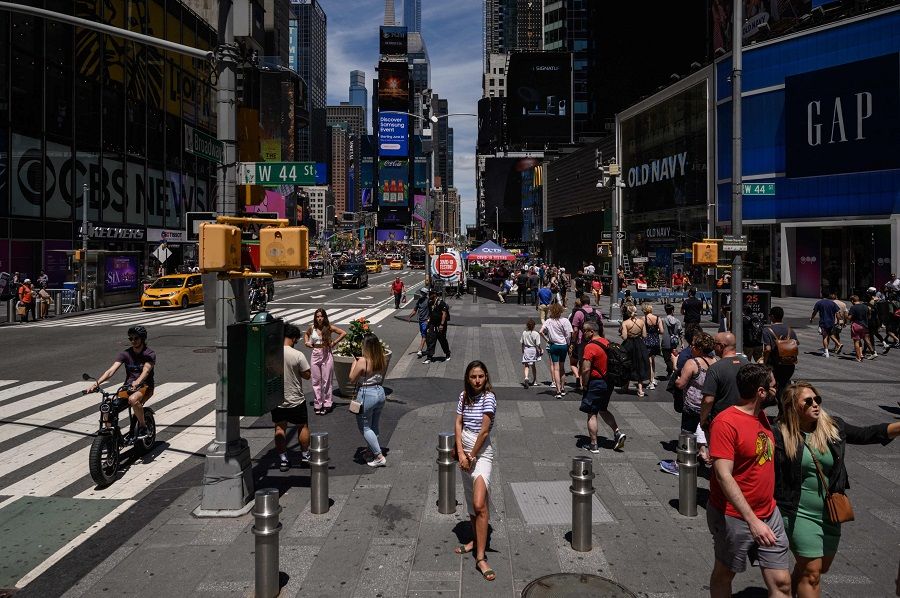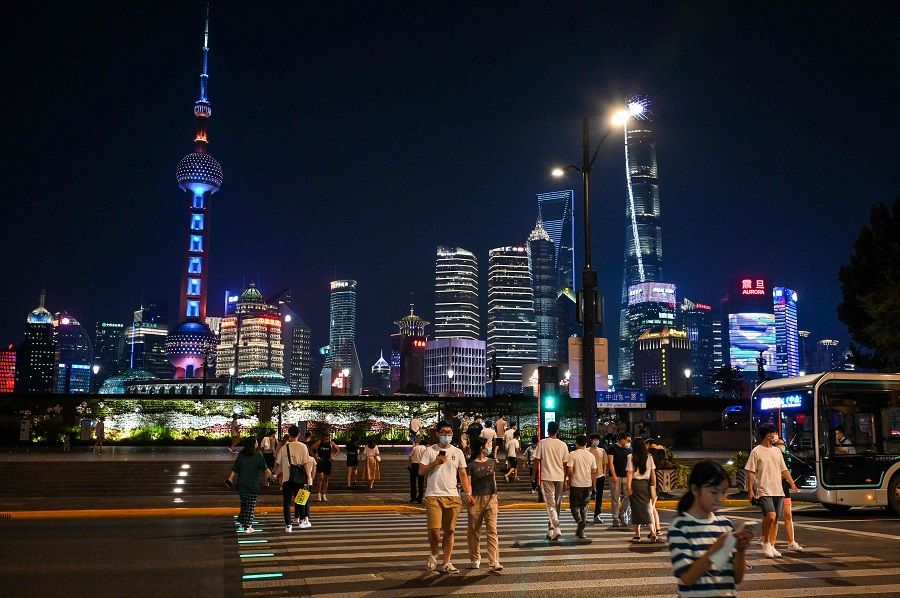[State of our world] From Three Worlds to Four: Mao's revised theory of an emerging global order?

In February 1974, China's Chairman Mao Zedong put forth his Three Worlds Theory. Mao's concept was simple but elegant. According to the chairman, the two superpowers - the US and the Soviet Union - constituted the first world. The developed capitalist countries and regions including Japan, Europe and Canada represented the second world. The most populous part of the globe, however, was the third world, encompassing the whole of Asia (except Japan) as well as Africa and Latin America.
A few months later, at the UN General Assembly held in April 1974, Deng Xiaoping expounded on Mao's theory. As Deng pointed out, there existed three worlds, which were mutually related as well as contradictory. Deng Xiaoping stated that China was a socialist country, a developing nation which belonged to the third world. He also declared that China was not, and would never be, a superpower.
Russia is by far the most significant actor in the fourth world. This camp also includes Iran, North Korea, Syria, Venezuela, Myanmar and some other countries.
A whole new (old) world
Although the Mao-Deng Three Worlds Theory may seem a thing of the past, it could become relevant again, albeit with some modifications. This time around, the geopolitical and geoeconomic structure is shaping up as a four-partite division.
As in the 1970s, the first tier remains occupied by two rivaling superpowers: the US is still there, while the deceased Soviet Union is replaced by a new superpower - China. The second and third tiers remain more or less unchanged from the 1970s. The second world still includes the rich capitalist - US-leaning - countries, with some new entrants, such as South Korea. The third world continues to represent developing and underdeveloped countries, mostly in continental Asia, Africa and Latin America.

Unlike in the 1970s, however, there is now a fourth element to the scheme. Within the fourth tier are the players that, for various reasons, have found themselves in an antagonistic relationship with the US-led West. Russia is by far the most significant actor in the fourth world. This camp also includes Iran, North Korea, Syria, Venezuela, Myanmar and some other countries.
The US and much of the second world, which are collectively still the globe's most influential bloc, seek to isolate, or at least marginalise the fourth world, and make its members eternal pariahs. However, this is not easy, given that China and much of the third world refuse to join the Western crusade against the "baddies".
There is a reason why Mao's world division concept is again becoming a pertinent lens through which to make sense of global politics. When the great helmsman Chairman Mao articulated it, the world was at the height of Cold War bipolarity. The US and the Soviet Union were far ahead of others in terms of their comprehensive power. Of course, there were other geopolitical players, such as China, India, France or Israel. Yet they didn't count for much as individual actors, due to the vast differential in capabilities between each of them and the two superpowers. Kenneth Waltz's Theory of International Politics, published in 1979, is a classic exposition of the way in which extreme bipolarity works.
Mao and Deng were not international relations scholars, but they may have intuitively grasped that the structure of global politics prevailing in the 1970s only allowed the two superpowers to meaningfully perform as individuals, or fully independent players. The rest of the crowd only had significance if grouped "in bulk".
To put it in a more theoretical manner, the world of the 1970s featured superpowers, but it lacked the next level of the geopolitical hierarchy - it didn't have true great powers. Countries like France, China, Japan or Great Britain were merely major powers, rather than classic great powers. To be full-fledged great powers, they either lacked power potential (as, for example, in the case of China) and/or foreign policy autonomy (as in the case of Japan).
... the level of the great powers that had been long missing from the international system began to re-emerge with the rise of China and the resurgence of Russia.

Mao's theory became obsolete in the late 1980s when the bipolar structure collapsed in the wake of the dramatic decline and demise of the Soviet Union. The "unipolar moment" of America's uncontested supremacy set in. The hegemony of the lone US superpower continued throughout the 1990s and early 2000s, but then something changed - the level of the great powers that had been long missing from the international system began to re-emerge with the rise of China and the resurgence of Russia.
Moscow's fate as a great power will be determined by the outcome of the war in Ukraine, which has turned into a battle between Russia and the US-led West.
Heading into dystopia?
What is a great power? International relations theory is pretty straightforward that great power-hood is, first and foremost, determined by war-fighting capabilities. Says Professor Robert Ross in the paper "Sino-Russian Relations: The False Promise of Balancing": "A great power is a state that can contend in a war against every other state in the system and thus can independently provide for its own security vis-a-vis any other country."
There are currently three players in the international system that meet this criterion. They are the US (which simultaneously carries the rank of superpower), China (an emerging second superpower), and Russia (a classic great power). However, this geostrategic tripolarity may be on the cusp of transformation. America and China are surging far ahead of the pack in terms of their overall capabilities. Meanwhile, Russia finds itself in an existential struggle to keep its great power status. Moscow's fate as a great power will be determined by the outcome of the war in Ukraine, which has turned into a battle between Russia and the US-led West.
The EU and Japan are in a state of incremental decline. India, despite all its ambitions, seems to be perennially stuck in the interstice between a regional power and a great power.
If Russia drops from the great power league, this will make the international structure more or less bipolar, reminiscent of the Cold War era. It is extremely unlikely that any other player could rise to the great power rank in the foreseeable future. The EU and Japan are in a state of incremental decline. India, despite all its ambitions, seems to be perennially stuck in the interstice between a regional power and a great power. Brazil and Indonesia apparently lack the internal impulse for imperial greatness.

Looking into the next two decades, an emerging global order may indeed function as a four-partite division. The first world dwellers - the US and China - will be competing for global supremacy. The second world of rich capitalist countries will mostly be loyal to Washington, whereas the fourth world consisting of Russia and other US adversaries will be increasingly aligned with China. The third world will mostly stay non-aligned.
This Four Worlds arrangement will be able to function only if relative peace is maintained, similar to the precarious peace of the old bipolar era. However, if what we are witnessing in Ukraine and around Taiwan are indeed the opening salvos of a Third World War as many fear, all bets are off. Rather than resembling Mao's optimistic visions, a global order that comes after the war might be more akin to the plots of dystopian novels.
Related: [State of our world] China's future in a politicised world | [State of our world] The world will be very different from the one we're used to | [State of our world] Is the world really heading into disorder? | Will China and Russia join hands to push for an alternative world order? | A multipolar world order is good for us all | Russian academic: Whose ideology will rule an emerging 21st century world?
